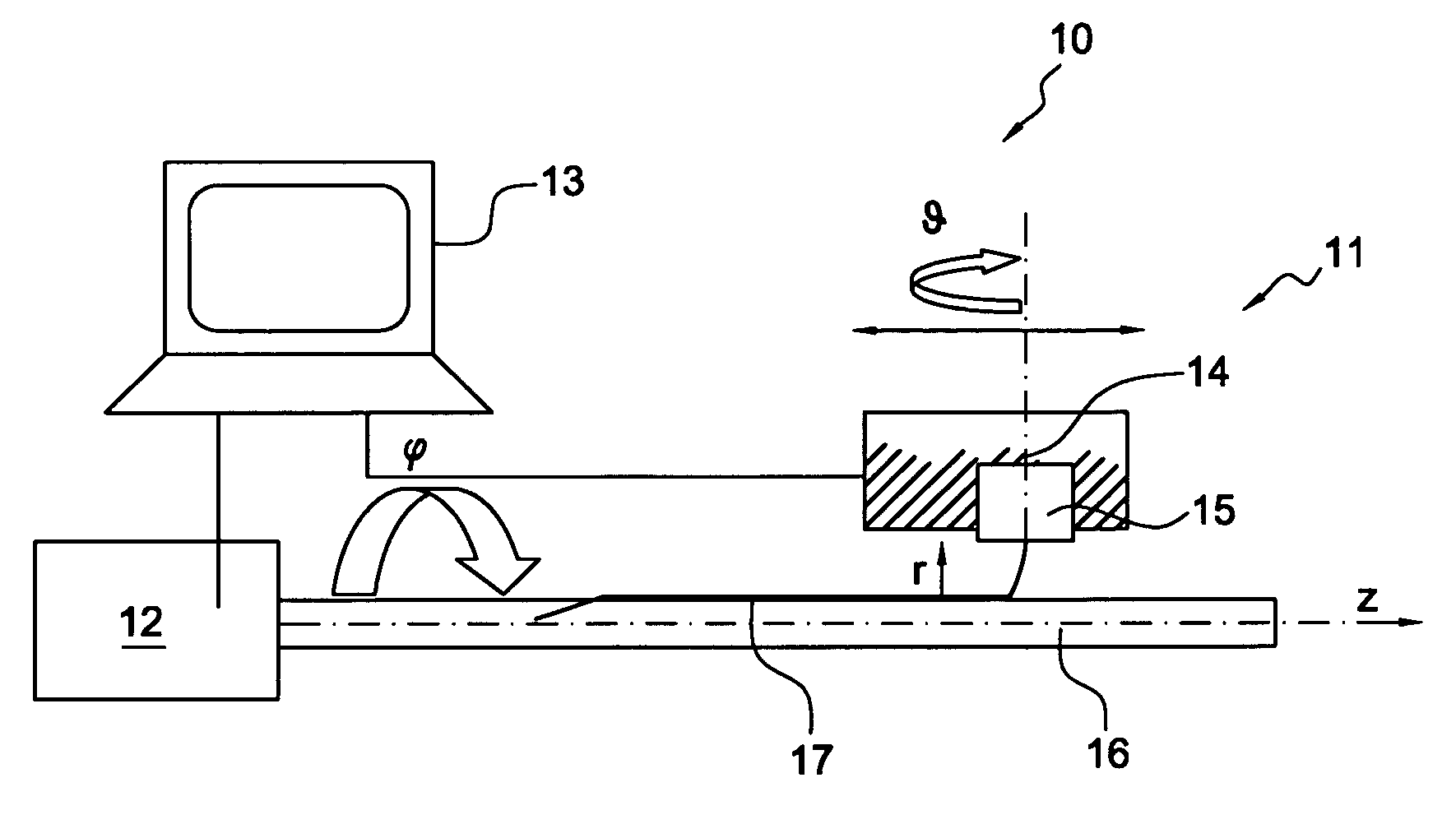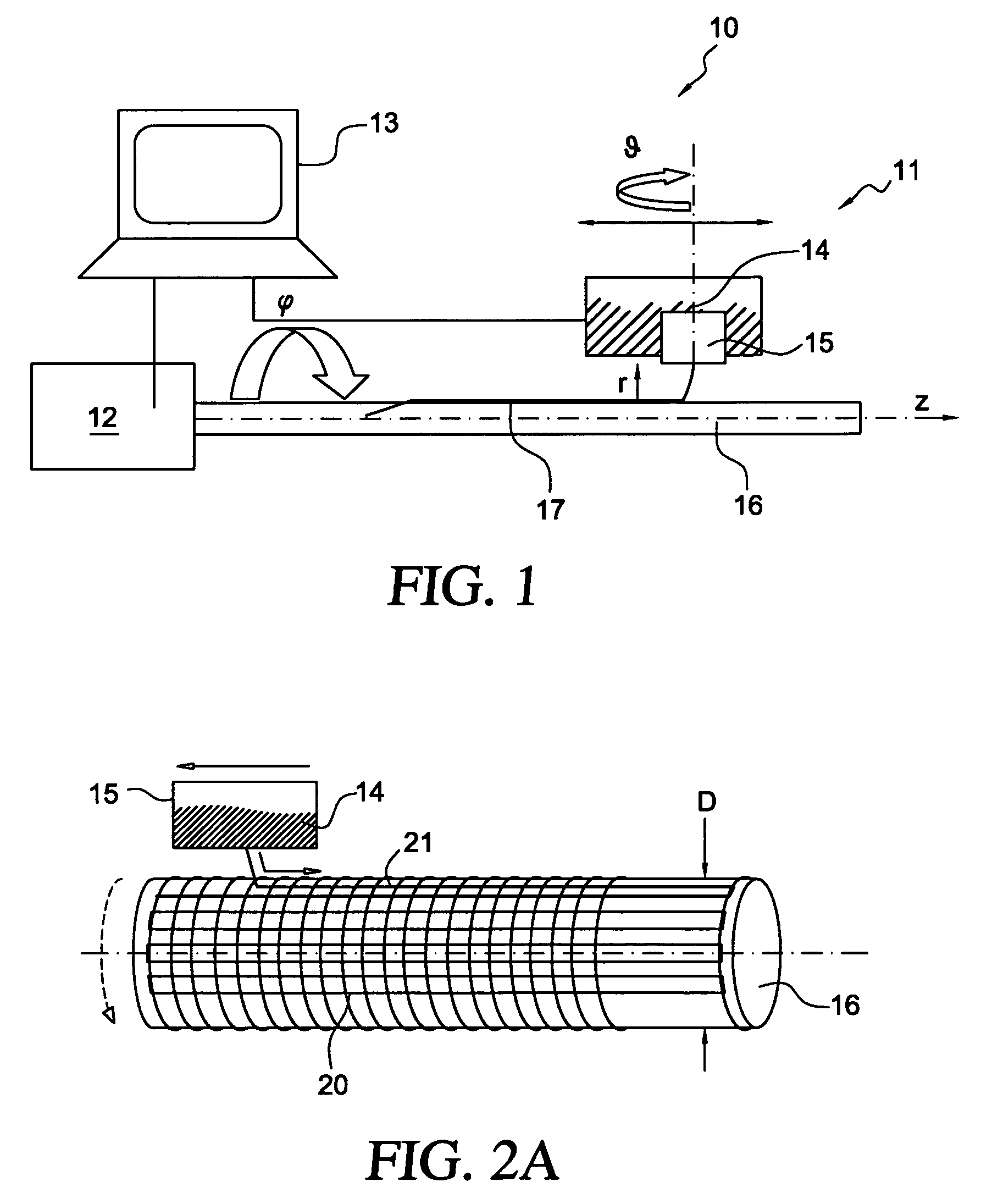Porous membranes for medical implants and methods of manufacture
a technology of porous membranes and implants, which is applied in the field of porous membranes, can solve the problems of unsteady collocation of fibers, inability to tightly control the pore size and pore pattern of the resulting membrane, and foregoing spinning processes
- Summary
- Abstract
- Description
- Claims
- Application Information
AI Technical Summary
Benefits of technology
Problems solved by technology
Method used
Image
Examples
Embodiment Construction
[0028]The present invention generally relates to medical implants, such as stents, having a porous membrane and the methods of making such membranes and medical implants. In accordance with the present invention, polymer membranes are provided that have well-defined pores based on a controlled deposition of fibers onto a substrate. In this manner a permeable membrane having a predetermined pore size and distribution may be obtained.
[0029]Acute as well as late embolization are a significant threat during and after intravascular interventions such as stenting in saphenous vein grafts (SVG) and carotid arteries, where released particles can lead to major cardiac attacks or strokes, respectively. Covered stents for treatment of atherosclerotic lesions constructed according to the present invention comprise a porous membrane bonded to an exterior surface, and interior surface, or both, of a stent. Advantageously, the covered stent of the present invention may serve both to reduce emboliz...
PUM
| Property | Measurement | Unit |
|---|---|---|
| width | aaaaa | aaaaa |
| width | aaaaa | aaaaa |
| width | aaaaa | aaaaa |
Abstract
Description
Claims
Application Information
 Login to View More
Login to View More - R&D
- Intellectual Property
- Life Sciences
- Materials
- Tech Scout
- Unparalleled Data Quality
- Higher Quality Content
- 60% Fewer Hallucinations
Browse by: Latest US Patents, China's latest patents, Technical Efficacy Thesaurus, Application Domain, Technology Topic, Popular Technical Reports.
© 2025 PatSnap. All rights reserved.Legal|Privacy policy|Modern Slavery Act Transparency Statement|Sitemap|About US| Contact US: help@patsnap.com



